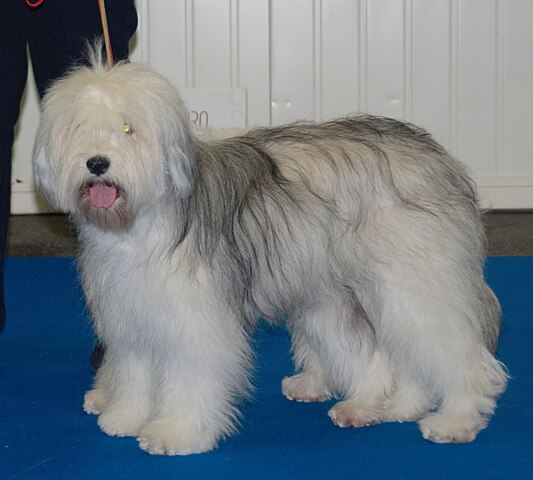The Prague Ratter (AKA the Pražský Krysarík) is a tiny rare breed with a delightfully friendly demeanor. His temperament has been referred to as noble – fitting for a breed often kept by royalty and even given as gifts by royalty. Originating around the year 1000, he was used both for killing rats as well as a companion dog – traits which he is still exceptional at even today. Nowadays he is still virtually unheard of in America although has been recognized by some of the rare breed registries. This is not a Chihuahua (a breed he is commonly misidentified as), nor is it a Miniature Pinscher or Russian Toy. This is a separate breed that is often even smaller than any of these other toy dogs.
Getting along with family and friends alike, the Ratter loves people of all ages including children. With strangers he is initially cautious but will make friends in time. In the home he is calm and fairly laid-back, but will come alive when presented with a toy or game of fetch! He is said to be a “large dog in a small dog’s body” and is thankfully not as “yappy” as many similarly sized breeds. Particularly loyal, a Ratter will bond with his owner and become very tuned-in to that person’s emotions.
Prague Ratters are known for being obedient and particularly intelligent. Many are even said to housebreak themselves! As they are easy to train, some owners work them in competitions such as obedience trials, tracking, freestyle or teaching them to free-stack for conformation dog shows. Other owners just teach a few tricks and call it a day. Either way, it is highly recommended that training of some sort be a part of the Ratter’s life! He enjoys interacting, learning and bonding with his owner through training sessions. Furthermore, like most tiny breeds he can be prone to “small dog syndrome” in which he can become obnoxious to live with if given zero rules, so training is a good way to bypass this. He learns best when trained with respect and with a gentle hand.
Ratters certainly have a sense of humor and can be amusing to watch as they play, and when they tire themselves out make fantastic cuddlers! These affectionate toys are gentle with people although need a gentle touch themselves – this is one of the smallest dog breeds in the world and although are quite healthy, do require common-sense caution to keep from getting hurt. That said, this agile and energetic pup does enjoy running and playing, and can even participate in active sports like agility! Just make sure to account for the dogs’ size when introducing him to new activities or when letting him play with very young children or large hyper dogs. The average weight of this breed is about 5 pounds so broken bones can occur in preventable mishaps. 
The Czech Federation’s Prague Ratters Club details a strict set of rules that must be followed before any dogs can be bred. Along with being over a certain age, parents-to-be must have been successfully shown a couple of times, in addition to being evaluated by an expert for conformation, temperament and health. Ratter puppies from the approved litters are then visited by a breed advisor at the age of 6-8 weeks who will immediately disqualify any subpar puppies from receiving a pedigree. Because of the strict breeding regimes overseas, the breed is fairly healthy and uniform in type.
The Ratter can live happily in an apartment but he does enjoy going on adventures and therefore should be taken out and socialized regularly! The tiny size makes it easy to bring him on trips and into dog-friendly accommodations. He also revels in being taken for long walks, although in cold weather should be given a sweater or coat as he has a harder time in lower temperatures. This is true for both coat types – the Ratter comes in a short coated variety as well as a long coated variety.
In appearance, the Prague Ratter is a square and compact breed, with either a smooth and glossy coat (which barely sheds) or a slightly longer coat with distinctive fringes on ears, quarters and tail. The most common color is black/tan, although also just as acceptable colors include blue/tan, brown/tan, solid yellow, solid red, or merles in either black or brown. The eyes are round and wide-set on the head, which is topped with triangular pricked ears. The tail is occasionally docked depending upon in which country the dog was born, or can be long and carried slightly upright.



